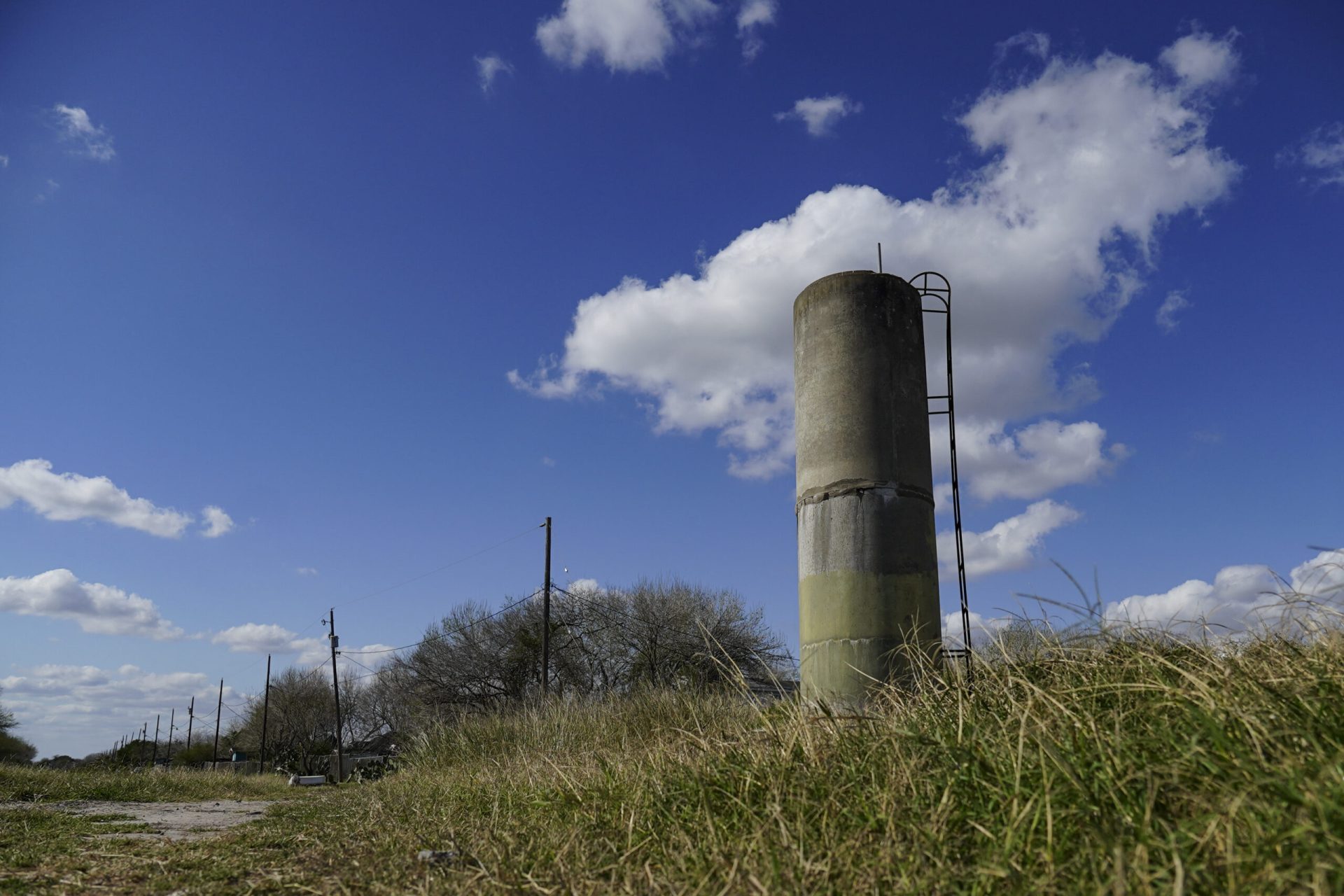Dryland growers are delighting in significant moisture in the soil this planting season, a distinct advantage for germinating cotton and grain sorghum that was nonexistent last year.
But these optimal conditions may not last.
Warmer temperatures and below-average rainfall is the spring forecast from the National Weather Service in Brownsville, and the combination could drop the Rio Grande Valley right back into the persistent drought pattern of the past few years.
“Everything is really well set-up for at least a great start to the growing season,” said Barry Goldsmith, a meteorologist with the NWS in Brownsville who authored the report. “So the not-so-good news is we are anticipating a drier than average March and April, and more importantly, warmer to much warmer, which by April becomes hot conditions, where now you’re able to get the higher sun angle, the increased heat and lack of rainfall, and unfortunately we may see some period of low humidity on top of that.”
“When you combine all that, it won’t take long before all that wonderful moisture gets dried up pretty rapidly,” he added. “I know for some crops that’s not a bad thing to have a dry period in April, but for others it might be too much change too soon, and they’ll be wanting for rain to come back so the rest of the season is OK.”
The spring outlook Goldsmith produced predicts drought will continue to worsen across the Rio Grande Plains and Brush Country, ultimately spreading to the rest of the Valley.
“Extreme or worse drought expected by April in parts of the Rio Grande Plains/Brush Country, with moderate to severe drought possible elsewhere,” the report concludes.
Can May deliver?
Whether or not this comes to pass is going to be dependent on rainfall in May, Goldsmith said, adding he was fairly confident the pattern will hold at least through March and April.
“There is the wild card again,” Goldsmith said, saying the Pacific weather pattern called La Nina continues to remain in place albeit she is weakening. Still, La Nina should remain dominant at least through April.
And that will mean hot and dry for the Valley.

“So that’s the one answer. The other answer is, could May 2022 repeat May 2021?” Goldsmith said. “Literally, at the end of April, I think it was the evening of April 30 when we got our first thunderstorm complex, thunderstorm system, across part of the Valley. Two to four inches of rain started to fall and then we had repeated showers.”
By the time May finished — and normally the Lower Valley only gets 3 inches of rainfall on average during that month — a series of heavy storms had dropped between two and three times that amount.
“So when the month was all said and done, we had rainfall across the populated Valley including all of the agricultural and municipal areas, that generally ranged from, and this is a broad number here, 7 to 11 inches of rain,” Goldsmith said.
“But if we see a pattern shift a little bit like it did at the end of last April, and that pattern shift can hold on and create multiple rain events, that can create a real boon, even though there will be flooding, unfortunately,” he added. “We will have urban flooding with those, like we did last year.”
Reservoirs low
One area of growing concern is the levels of the two reservoirs, Amistad Reservoir and Falcon International Reservoir, which provide the region with much of its water, both for residents and agricultural customers.
The most important to the Lower Valley is Falcon, which begins about 40 miles southeast of Laredo and straddles the border for miles, providing water to both the United States and Mexico.

But persistent drought in the region far up the Rio Grande Valley is creating worries about the levels at Falcon. In February, the water level in the lake had dropped to just 16-percent capacity. Compare that with 2011, when the lake was at 96-percent capacity.
Continuing low water levels, particularly if the next few months are hot and dry, could raise the possibility of curbs on water use for both residential and agricultural interests.
At this time of the year, Goldsmith says, it’s unlikely Falcon Lake will receive the kind of tropical precipitation needed to ratchet up the pool level. Filling these lakes depends on tropical systems, either from the Pacific Ocean or Gulf of Mexico, moving inland over the region, dropping heavy rain to feed the tributaries that flow into the reservoirs.
“We’re talking maybe tens of inches of rain over a short to medium period of time out there, maybe multiple times over to really fill up, or at least get Falcon and Amistad back to a reasonable level that we feel comfortable,” he said.
“It is much harder to get that kind of rainfall efficiency and rainfall persistence over those areas in the spring and early summer than it is in later summer through fall,” he said.





